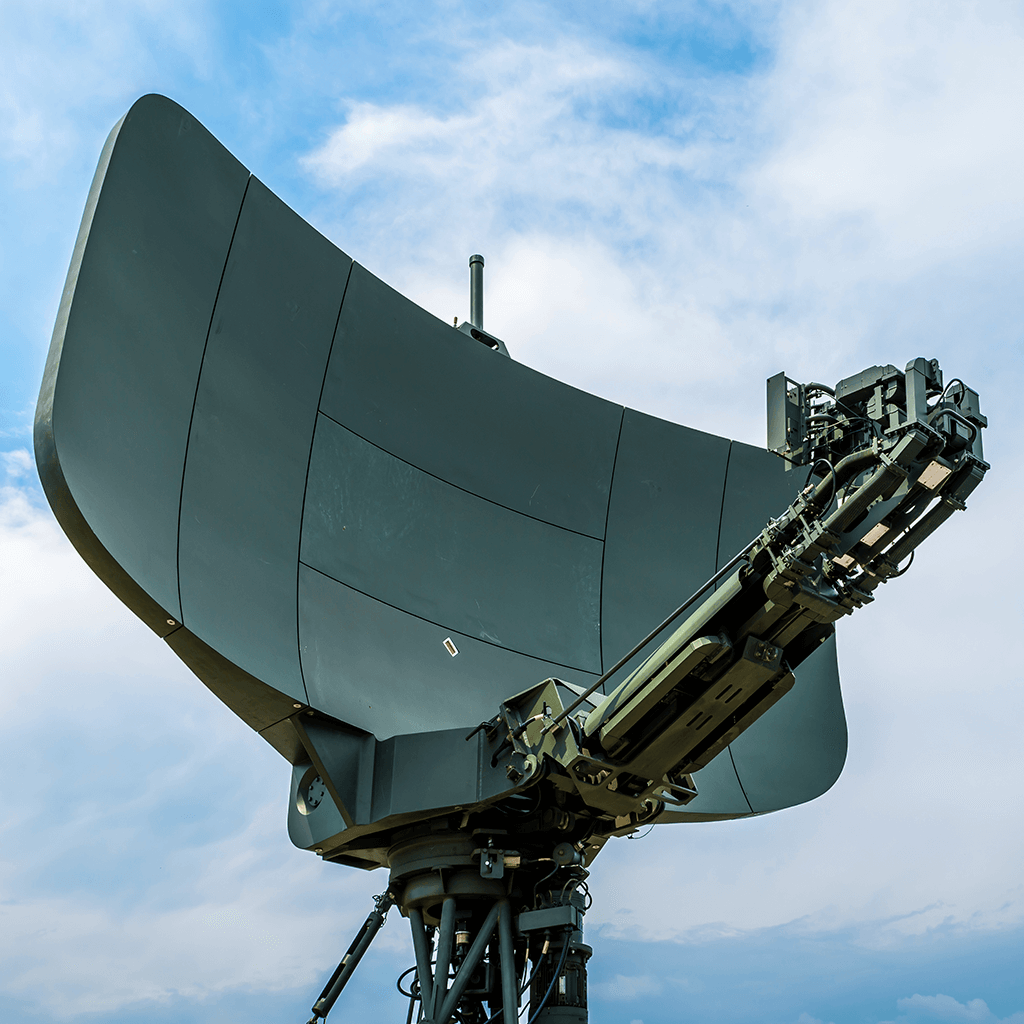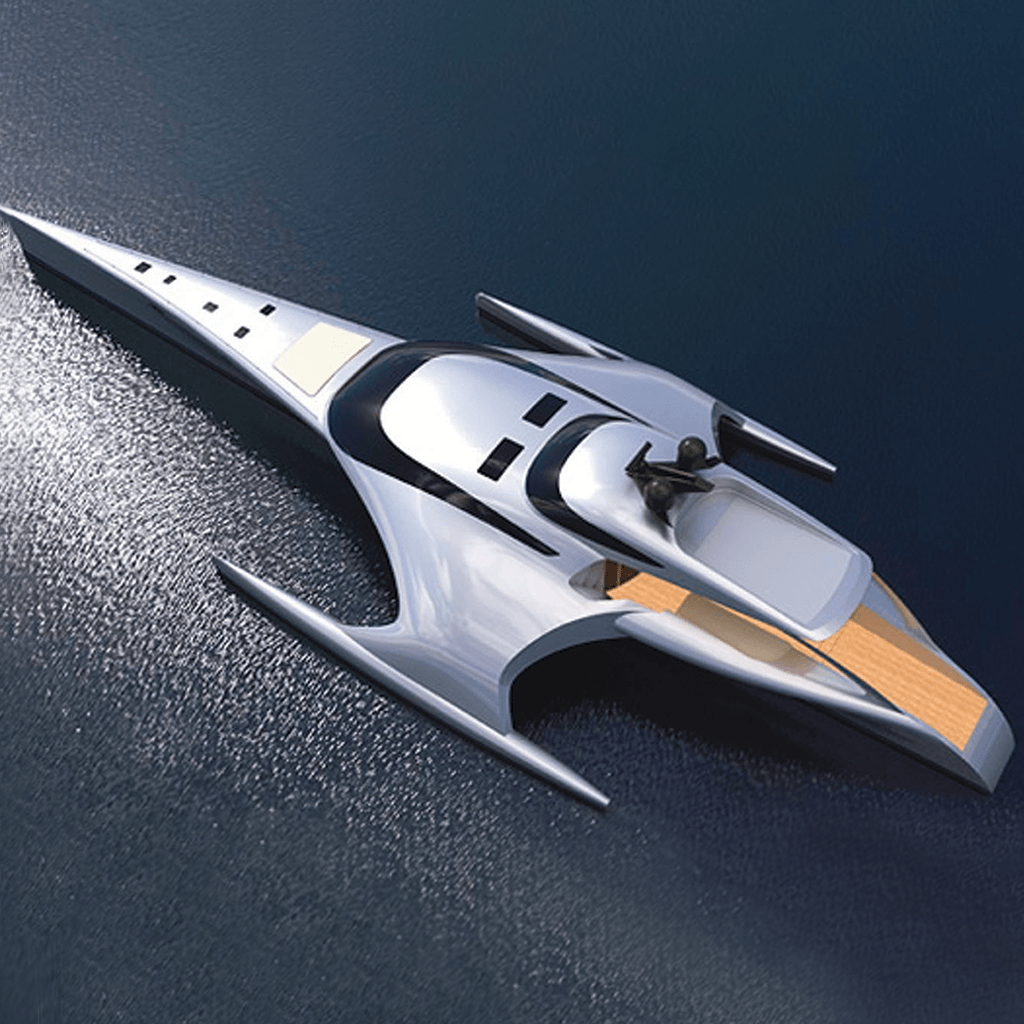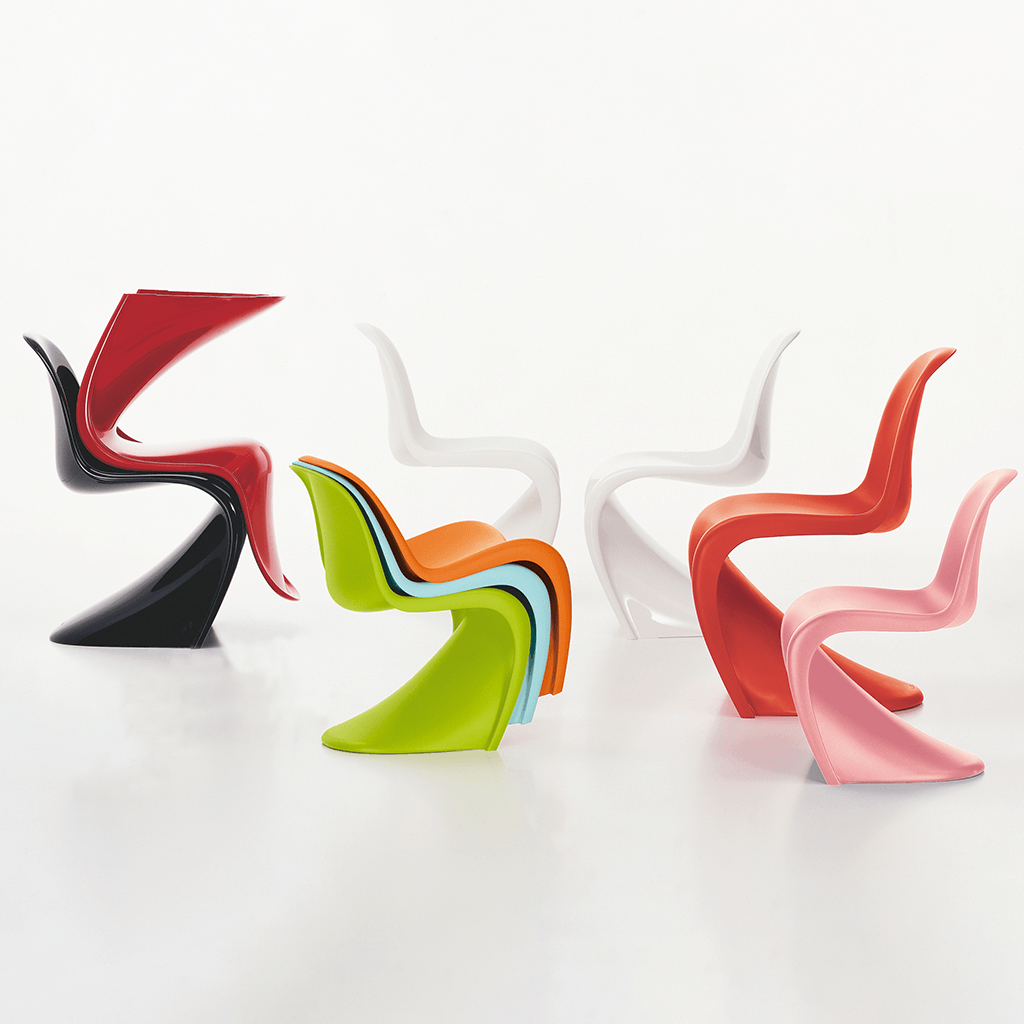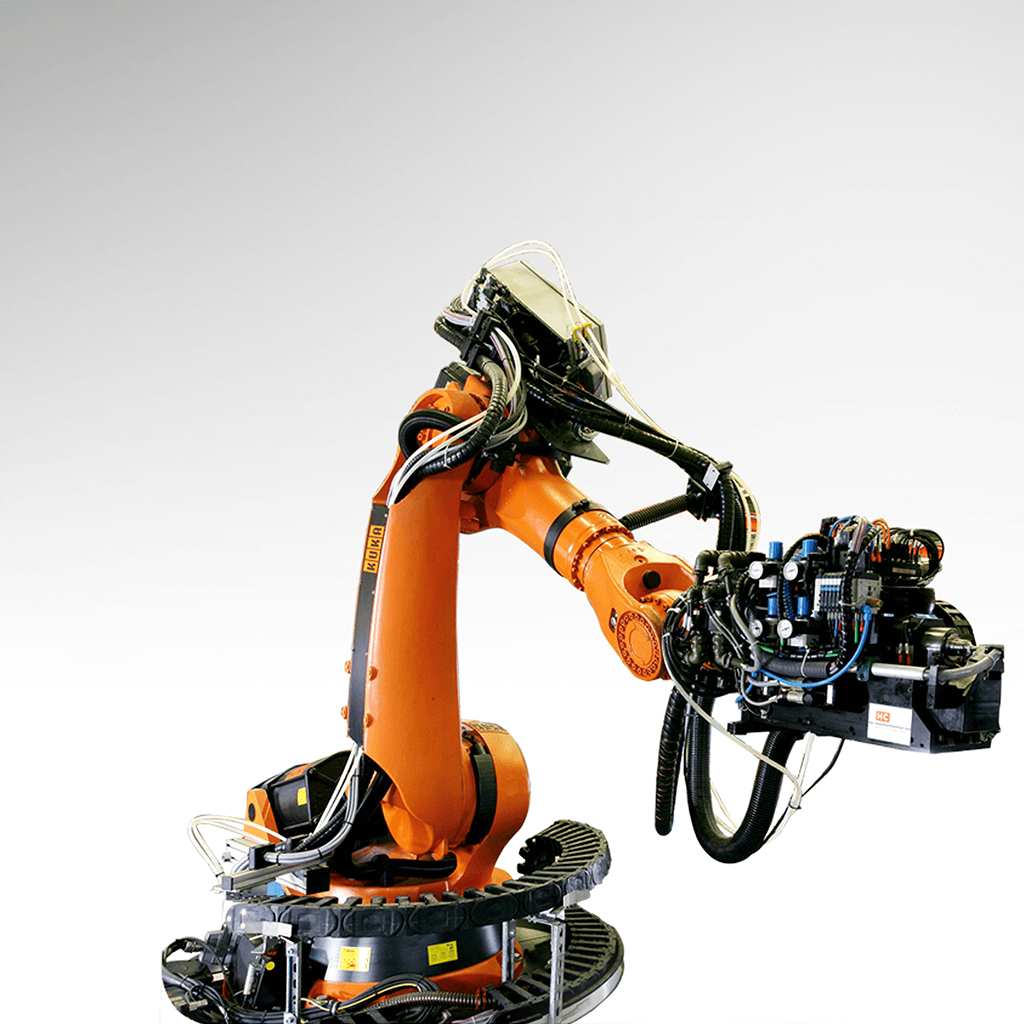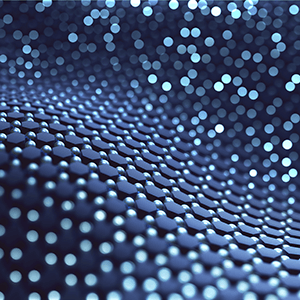The use of robotic arms for 3D printing versus for assembly
Robotic arms have become an integral part of modern manufacturing processes, revolutionizing industries with their precision and efficiency. Not all robotic arms are deployed in the same way, just as a road car serves a different purpose than a race car does. This article dives into the differences in the use of robotic arms for industrial 3D printing versus traditional forms of manufacturing, such as assembly and high-mix service finishing.

The use of robotic arms in assembly lines
In assembly lines, robots are programmed to perform a single task with high precision. Consider the example of automobile assembly, depicted in the picture above. Cars move along a conveyor belt, passing through various assembly robots. Each robotic arm is assigned one specific task which it performs thousands of times. These tasks could range from engine assembly, welding body parts, or quality inspection. These robots are “hard coded” to perform one single task.
Unlike CEAD’s robots for large scale 3D printing, these assembly line robots are not programmed as CNC machines. Software engineers program these robots on-site, tailored to their single tasks. There is no need for programming flexibility in this context. Unlike in 3D printing, where this is a must-have.
Robotic arms in assembly lines versus for industrial 3D printing
The use of robotic arms in industrial 3D printing differs from traditional robot manufacturing. One aspect of difference can be found in the way that robots are programmed and controlled. In assembly lines, robots are programmed/hardcoded through a robot controller to move from point A to point B. The path between these points is left undefined, because calculating this path does not add value in this context.
In industrial 3D printing, this path, known as the toolpath, is crucial. Since the extruder mounted on the robotic arm extrudes thermoplastics along the toolpath, the robot’s location influences the outline and mechanical properties of the printed object.
Thanks to Sinumerik, CEAD’s Flexbots have eliminated the need for robot controller and can directly follow a path with high precision, resulting in highly accurate 3D prints, which in turns positively influences its great mechanical properties. Additive manufacturing specialists can program the toolpath remotely. Unlike traditional production, there is no need for on-site programming by software engineers.
Another difference lies in the type of accuracy required. For assembly robots, high repeatability accuracy is crucial. These robots can repeatedly perform the same action with high precision.
In industrial 3D printing, the focus lies on a different form of accuracy. Flexbots produce various products, including autoclave tooling and unique creations. It’s essential that the robot is precisely where the design expects it to be to achieve the highest quality 3D print. This is referred to as absolute accuracy.

Programming robots through G-code
The Flexbot is a robot-based system, whose kinematics are fully integrated into a CNC system, called Siemens Sinumerik. This allows for more precise movements along a complex toolpath and eliminates the need for a separate robot controller.
The system is scalable and can easily be configured with different size solutions. CEAD offers several sizes in print beds or customized build volumes. The robot-arm can be positioned on a pedestal, or on a linear track to expand build volume.
The Flexbot is hybrid machine, capable of both additive and subtractive manufaturing. This allows you to print a part, that has the desired surface finish or post-processing features.
The influence of the type of robot on robotic 3D printing
The type of robotic arm used for robotic 3D printing influences the possibilities and results that can be achieved. Currently, several manufacturers offer robot arms for large format additive manufacturing. CEAD prefers working with Comau robots for several reasons, one of which is their compatibility with ‘Sinumerik Run my Robot.’ This allows our electrical cabinet to communicate directly with the robot, enhancing efficiency and accuracy.
The robots built by other well-known robot manufacturers are not supported by Run my Robot. These robot arms therefore have an robot controller which adds an extra level of communication between the electrical cabinet and the robot itself. Which in turn prolonges the robot’s response time to adjustments. While working with a Comau robot presents the most advantages, it is not impossible to work with other robots. Companies may already have a non-Comau robot in their production facility, which they use for other purposes. CEAD’s robot extruders can easily be integrated on these robotic arms as well.
The robot extruder system serves as a great low-investment solution for those that already have a robot- or gantry system in place. They come with a base unit that contains the software to control temperature, extrusion speed, automatic material transport and to ensure safe operations.
The RE-series can be controlled by a wide variety of CNC or robot-controllers and our lightweight solutions can transform your robot or gantry into a high output 3D printer. Due to the nitrated barrel, the extruders are resistant against abrasive materials. This allows processing of short-fiber reinforced thermoplastic composites, offering many applications in different industries.

Hybrid robotic manufacturing: additive and subtractive manufacturing
CEAD’s Flexbot combines additive manufacturing (3D printing) with subtractive manufacturing (milling). The combination of Run my Robot and programming/slicing through G-code allows Flexbots to achieve accurate milling and printing with very little effort.
Additionally, CEAD is able to accurately measure robot based additive manufacturing set-ups with laser tracking to calibrate them accordingly. This process enables CEAD to improve accuracy trifold:
1. By calibrating the track on which the robot is positioned;
2. By calibrating the robot arm on which the print head Is attached;
3. By calibrating the robot arm sag.
Click to read more on how CEAD improves robot based additive manufacturing with laser tracking.
Achieving more precise 3D printing with CEAD’s Flexbot
While assembly line robots excel in single task execution, industrial 3D printing robots, such as CEAD’s Flexbot, prioritize absolute accuracy. Robotic arms are transforming the landscape of modern additive and subtractive manufacturing, providing innovative solutions. The use of G-code programming in industrial 3D printing allows for increased flexibility and precision, ultimately enhancing the quality of the end products.

